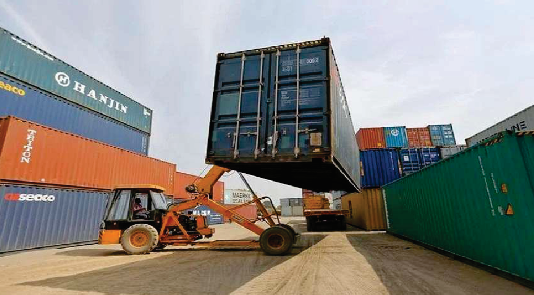
Recovery of loans is more important for Banks
- December 7, 2024
- 0
Transformation of the Indian banking sector over the past three decades has been nothing short of revolutionary. Earlier, It was an achievement of sorts to have one’s own cheque encashed at the teller, while consumer loans as a product were still in the distant future. Now, it takes a few seconds to transfer crores online, while loans are readily available even for a motorcycle.
Many laws governing the industry have also evolved to accommodate rapid changes that are driving innovation at breakneck speed. However, some attitudes among bankers and regulators have lagged behind, and don’t reflect the digital age.
One such laggard is the ‘wilful defaulter’ label. This classification is unique to India among all big economies, and it defies logic in the era of data analytics and AI. A wilful defaulter is a borrower with enough money but isn’t repaying banks. The dubious category also includes those that siphoned funds and left businesses high and dry.
The issue is back in the spotlight with Bombay High Court’s recent ruling in the ‘Milind Patel vs. Union Bank of India and Others’ case.
In April 1999, at the behest of CVC, RBI directed banks to share details of wilful defaulters above ₹25 lakh to prevent them from receiving fresh funding.
The concept of barring wilful defaulters from using banks was conceived in an era when banks were not computerised. Let alone one bank not knowing the status of a borrower in another bank, it was a time when data from two nearby branches of the same bank was unavailable to each other.
Should RBI in 2023 be issuing circulars on the matter? And do banks need to take this half-hearted approach to do their primary task: recover funds?
Between 1999 and now, banks’ toolkit for recovering funds has grown and become more effective.
- In 2002, banks were given Sarfaesi Act 2002 to legally seize assets of defaulters and recover money.
- The recovery mechanism was further strengthened with IBC in 2016, which put the fear of god in defaulters because it showed how billionaires who once played the banking industry saw their empires crumble.
- Setting up of credit information bureaus and RBI’s database, Central Repository of Information on Large Credits (CRILC), have plugged most gaps that unscrupulous borrowers exploited.
With an insolvency law, lenders should avoid tagging someone a wilful defaulter. Banks using their powers to declare someone a wilful defaulter carries its risks.
Why should banks set up a structure where bankers have to wear the hat of a CBI officer and a judge? There is no certainty that it would lead to the recovery of funds, because courts could entertain the defaulter in the name of justice and drag it for years.
This wilful defaulter concept is more of a circus that got a life when there was an intention to appear to be acting tough on errant borrowers by the administration. But it wasn’t so.
RBI itself tells you how meaningless the exercise is. ‘It is essential to recognise that there is scope even under the existing legislations to initiate criminal action against wilful defaulters depending upon the facts and circumstances of the case under the provisions of Sections 403 and 415 of the Indian Penal Code (IPC),’ the regulator said in its 2015 circular on wilful defaulters.
RBI’s couched language shows that criminal laws would be more effective than tagging someone a wilful defaulter. Banks’ record in prosecuting the guilty is patchy, as many forensic audits have not led to criminal actions.
Banks need to be judicious in their actions. Recovery of funds should top the agenda while leaving punishment of fraudsters to the criminal justice system.
































































